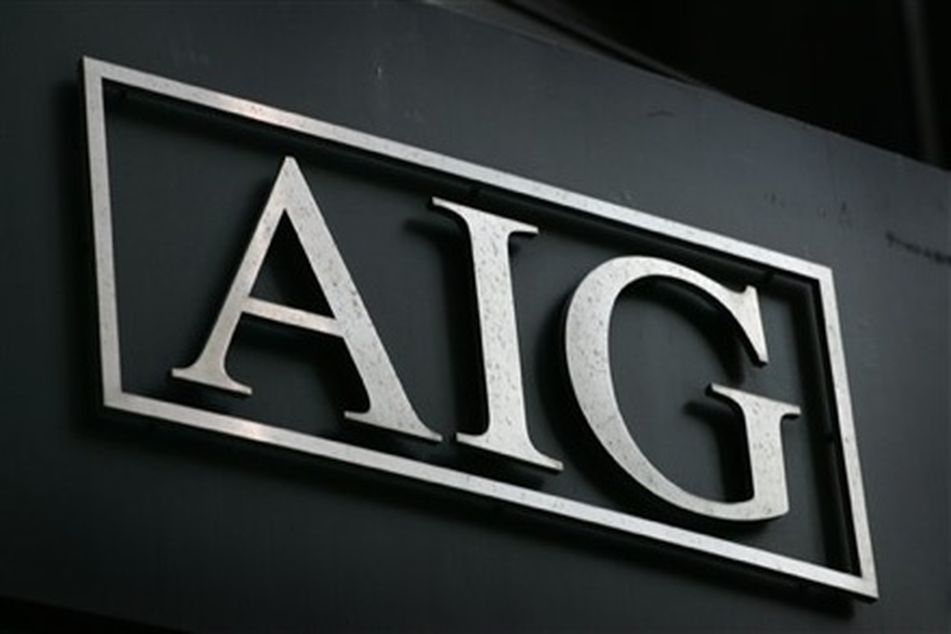AIG throws in a clunker, reports surprise $8.8B loss in 4Q

After two successive profitable quarters, the besieged insurer reports a loss of nearly $9B in the fourth quarter.
AIG said Friday it lost $8.87 billion in the fourth quarter as its general insurance business remained weak and the company ran up expenses from paying back government loans.
The troubled insurer also said in an annual regulatory filing that it may need additional support from the government. AIG has included such warnings in past filings with the Securities and Exchange Commission, however.
The fourth-quarter results were an improvement from the $61.7 billion AIG lost in the year ago period, but they were worse than analysts expected. They also followed two straight profitable quarters.
The company reported a 2.2% drop in new premiums in its Chartis general insurance business, compared with a year earlier. AIG attributed the slide in part to the weak economy. It also had lower sales of life insurance products, and it added $2.3 billion to its reserves against losses in its commercial insurance business.
AIG also reported $6.2 billion in expenses from repaying government loans.
The concern among investors is that AIG’s insurance business — which was not the cause of its near-collapse in 2008 — needs to be stronger for the company to keep repaying the government and become independent again.
New York-based American International Group Inc. said Friday it lost $65.51 per share in the last three months of 2009. The compares to a loss of $458.99 per share in the fourth quarter of 2008.
On average, analysts surveyed by Thomson Reuters forecast a quarterly loss of $3.94 per share.
AIG was bailed out in September 2008 by the government as the financial crisis spiraled out of control. The insurer has received aid packages with a total value of $182.5 billion from the government. In return for that financial support, the government received an 80% stake in AIG.
The company was undermined by underwriting risky credit derivatives contracts. A plunge in the value of those contracts was the primary driver of AIG’s near-collapse.
AIG has been working for the past year and half to sell assets and streamline operations in an effort to repay government debt. Since receiving government bailout funds, AIG has completed 19 unit sales or asset transactions.
It reported Friday that it continues to unwind its Financial Products Group, the unit blamed for AIG’s downfall.
Earlier this month, MetLife Inc. confirmed that it is in talks with AIG to buy one of AIG’s insurance units. Media reports price the deal at as much as $15 billion. The two companies have been in discussions for months about a potential deal for AIG’s American Life Insurance Co., known as Alico.
Alico is an international life and health insurance business that operates in more than 50 countries.
On Friday, AIG said it is continuing to address funding needs and explore options for restructuring its aircraft leasing unit, International Lease Finance Corp., and its American General Finance Inc. division.
As of Dec. 31, AIG’s outstanding assistance from the government totaled $129.26 billion, up 5.7% from the end of the third quarter.
Of that outstanding assistance, AIG owes the government $94.76 billion in loans and interest, a 10.6% increase from the end of the third quarter. The remaining $34.5 billion in outstanding assistance is tied to the value of investments the government bought from AIG. As those investments pay off or rise in value, the government recoups more money.
Learn more about reprints and licensing for this article.








